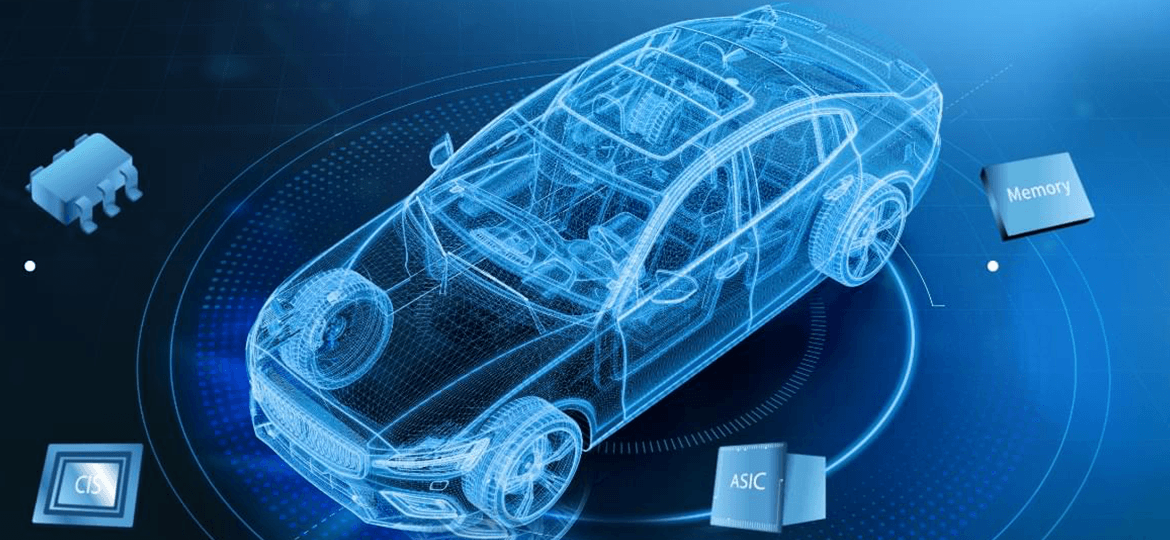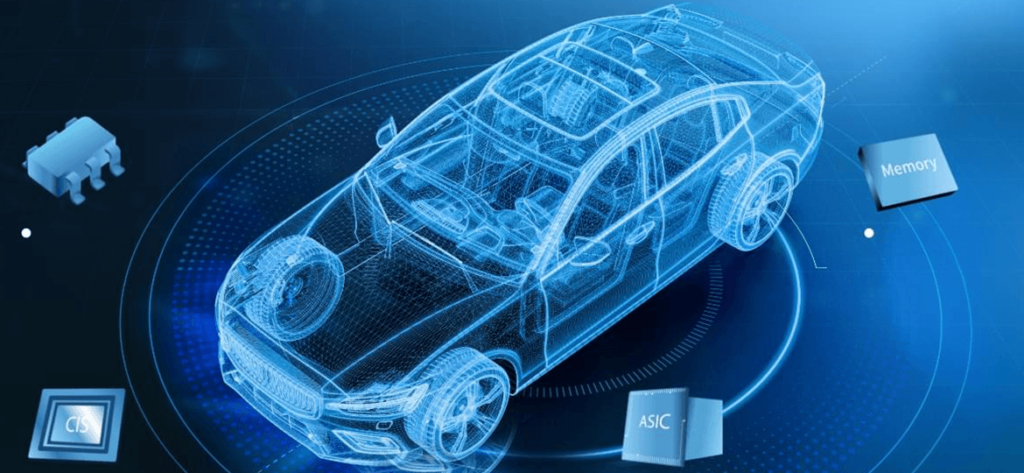March_Automotive MCU|Automotive MCU Market and Technology Development(Up)
vehicularMCUDiscussion of market size and automotive specifications
Automotive MCUs are installed in electronic control units (ECUs) and are available in 8-, 16-, and 32-bit products depending on the functional requirements. 8-bit MCUs are mostly used in sub-systems with simple functions such as fans, air conditioning, wipers, sunroofs, windows, instrument panels, hub boxes, seats, and doors, etc., and they are mainly made on 0.18- and 0.15-μm processes, with an average price of a little less than $1. 16-bit MCUs are mostly used in more complex systems such as engines, clutches, turbine systems, suspension, brakes, and pumps, etc., and are also mainly made on 0.18- and 0.15-μm processes, with an average price of a little less than $1. 16-bit MCUs are mostly used in more complex systems such as engines, clutches, turbine systems, suspension, brakes, pumps, etc., and mainly use 0.18 and 0.15μm process, with an average price slightly higher than US$1. 32-bit MCUs are mostly used in information-intensive systems such as driver information displays, stability control, multimedia, engine control, and automated driving, and mainly use the process of less than 90nm, with an average price of about US$3. At present, most of the 32-bit MCUs are developed using the ARM architecture, and can be domain-controlled to replace some of the 8-bit and 16-bit MCUs. according to a report released by market research firm IC Insights, the global automotive MCU market size of $7.6 billion in 2021, with an annual growth of 23%. of which the sales of the 8-, 16-, and 32-bit products were 5. 13, and 5.8 billion USD each, 1.3 and 5.8 billion U.S. dollars. Its largest application market is information and entertainment systems, with sales of about $800 million in 2021, an annual increase of 59%. Due to the operating environment has a large amount of vibration, dust, electromagnetic interference, temperature changes, etc., so compared with consumer electronics and industrial products, automotive MCUs have higher requirements for tolerance, reliability and life, as listed in Table 1. The product lifecycle of automotive design is usually 15 years or 200,000 kilometers, and automotive MCUs are required to have high reliability with zero failure and a service life of 15~20 years. In addition, automotive MCUs must be recertified due to process fine-tuning, which is not required for consumer electronics and industrial products.
Table 1: Specifications of MCU products for different applications

Source : IEK, Industrial Technology Research Institute










